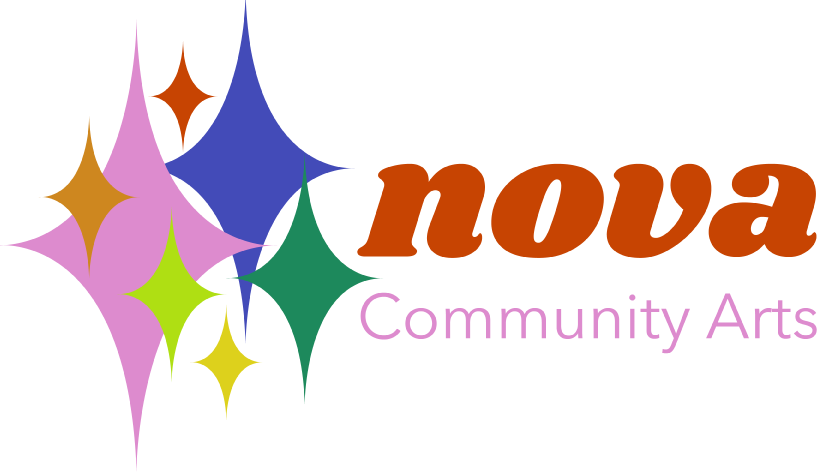Over six days in a heat wave of early August 2023, our diverse team, led by three landscape architecture students, each with their own area of inquiry— ecology and mapping, urbanism and access, and heritage conservation and narrative ethnography — embarked on a transformative journey to walk the length of the entire Los Angeles River. Joined by a film photographer and a documentarian, we chronicled the complete trek from Canoga Park through Encino, Studio City, Glendale, Atwater, Frogtown, Downtown, Vernon, Maywood, South Gate, Compton, and Paramount, culminating at the estuary in Long Beach.
Over the fifty-one mile trek, we documented the river’s current conditions with a particular focus on arts, culture, habitat, access, and human experience of an ecological-industrial landscape through mapping, photography, film, and narrative ethnography. Our goal is to record snapshot in time on the river when great change is imminent.
Over the fifty-one mile trek, we documented the river’s current conditions with a particular focus on arts, culture, habitat, access, and human experience of an ecological-industrial landscape through mapping, photography, film, and narrative ethnography. Our goal is to record snapshot in time on the river when great change is imminent.
We are working in partnership with Friends of the Los Angeles River (FoLAR) and Nova Community Arts. This project has been made possible by the generous support and mentorship of USC Arts-in-Action and the USC Arts and Climate Collective, and the advising of Alexander Robinson.
Interested in getting involved or learning more? To get in touch, email us at fiftyonemiles@gmail.com.
Interested in getting involved or learning more? To get in touch, email us at fiftyonemiles@gmail.com.
Why Walking?
Rebecca Solnit, author of Wanderlust: A History of Walking, writes, “Most of the time walking is merely practical, the unconsidered locomotive means between two sites. To make walking into an investigation, ritual, a meditation, is a special subset of walking.”
We seek to carry out this special subset of walking in our 51-mile rhythmic, slow, humble, and imperfect exploration from Canoga Park to Long Beach. Through walking, we will witness what is typically only seen in pieces as a whole. Through this wholeness, as we traverse step by step, neighborhood by neighborhood, we can measure and track minute changes and connections. Through walking, we also create informal and spontaneous spaces for dialogue among students and community members to tell stories and learn from each other about the river. We are curious to see what will happen when we simply slow down and pay attention to the river as it is. Jenny Odell, author of How to Do Nothing: Resisting the Attention Economy, writes, “Escaping laterally toward each other, we might just find that everything we wanted is already here.” We trust that it is.
Rebecca Solnit, author of Wanderlust: A History of Walking, writes, “Most of the time walking is merely practical, the unconsidered locomotive means between two sites. To make walking into an investigation, ritual, a meditation, is a special subset of walking.”
We seek to carry out this special subset of walking in our 51-mile rhythmic, slow, humble, and imperfect exploration from Canoga Park to Long Beach. Through walking, we will witness what is typically only seen in pieces as a whole. Through this wholeness, as we traverse step by step, neighborhood by neighborhood, we can measure and track minute changes and connections. Through walking, we also create informal and spontaneous spaces for dialogue among students and community members to tell stories and learn from each other about the river. We are curious to see what will happen when we simply slow down and pay attention to the river as it is. Jenny Odell, author of How to Do Nothing: Resisting the Attention Economy, writes, “Escaping laterally toward each other, we might just find that everything we wanted is already here.” We trust that it is.
Freak-Ecologies
In Flood Control Freakology: Los Angeles River Watershed, David Fletcher writes, “The Los Angeles river offers an extreme example of how an urban river becomes enmeshed in infrastructure and urbanis and generates new life. Combining nature and infrastructure while tying together - even defining - the basin, the Los Angeles River is the single most powerful space in Southern California: our Golden Gate Bridge, our Yosemite."
As a team, we are inspired by the explosive biodiversity that thrives in the cracks of this 51-mile channel – for example, thousands of birds enjoy habitat established from incidental algae mats blanketing the concrete created from low flow spillover. We are dedicated to our exploration of the relationship and intersections between the large and industrial, and the more intimate and spontaneous. We are curious what life on the river looks like right now – and honoring this moment.
In Flood Control Freakology: Los Angeles River Watershed, David Fletcher writes, “The Los Angeles river offers an extreme example of how an urban river becomes enmeshed in infrastructure and urbanis and generates new life. Combining nature and infrastructure while tying together - even defining - the basin, the Los Angeles River is the single most powerful space in Southern California: our Golden Gate Bridge, our Yosemite."
As a team, we are inspired by the explosive biodiversity that thrives in the cracks of this 51-mile channel – for example, thousands of birds enjoy habitat established from incidental algae mats blanketing the concrete created from low flow spillover. We are dedicated to our exploration of the relationship and intersections between the large and industrial, and the more intimate and spontaneous. We are curious what life on the river looks like right now – and honoring this moment.



